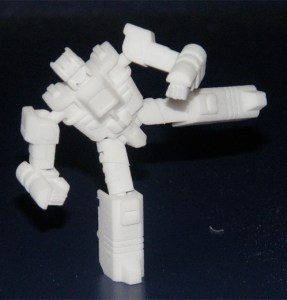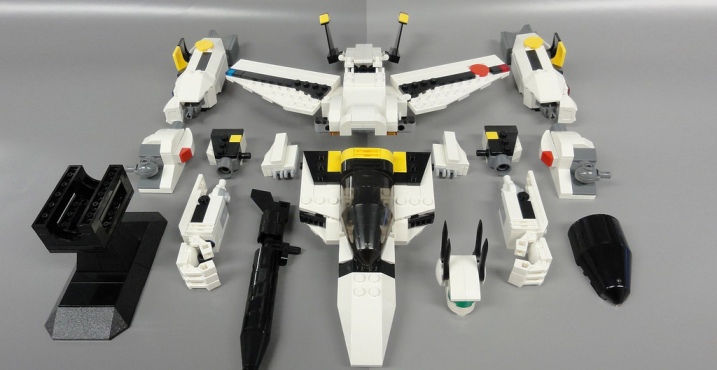3D printed toys will soon be a reality thanks to an agreement between Hasbro and 3D Systems.
Toy company Hasbro, the manufacturer of Transformers and other series of action figures for kids, has reached an agreement with 3D Systems, a company that specialises in 3D printing, to facilitate the printing of its products with one of these machines. This is another step forward in the toy industry, for the companies that create the products as well as for the kids who make up the audience of this market.
Up to this point, the commercialisation process followed by the toy market has been the same as for any other consumer product: a manufacturer creates a toy and sells it so that the child can play with it. This is the part that we see, but the inner workings are considerably more complex, because the distributors and stores are in the middle. In one fell swoop, all of this will be reduced to a design created by the manufacturer that will go directly to the hands of a child – or maybe of the parents – who will print out the latest action figure in 3D at home.

At least that’s the idea that Hasbro, one of the heavyweights in toy manufacturing, has just decided to back – although it remains to be seen how enthusiastically. Its agreement with 3D Systems is aimed at commercialising 3D printers and platforms designed for toys. The first toys printed in 3D are slated to arrive this year.
Hasbro’s president and CEO, Brian Goldner, feels that 3D printing offers endless potential to bring incredible new play experiences for kids. Its alliance with 3D Systems partners it with one of the most recognised brands in the emerging world of 3D printers. Now all that remains to be seen is how kids will react to the possibility of creating their own toys.
A technological childhood
Toys are integrating an ever-increasing level of technology, that in some cases could even be classified as cutting-edge. Parents are more interested in this type of game, so it’s not surprising to see initiatives such as Primo, a simple kit aimed at teaching kids how to program.
Robotics is one of the fields that is changing the toy industry the most; it now offers programmable devices and humanoids, that can even establish communications with a smartphone and receive commands from it. Dropping hardware costs and the proliferation of all types of miniaturised sensors resulted in amazing creations that spark children’s enthusiasm and imagination.
Image: maxvf1









